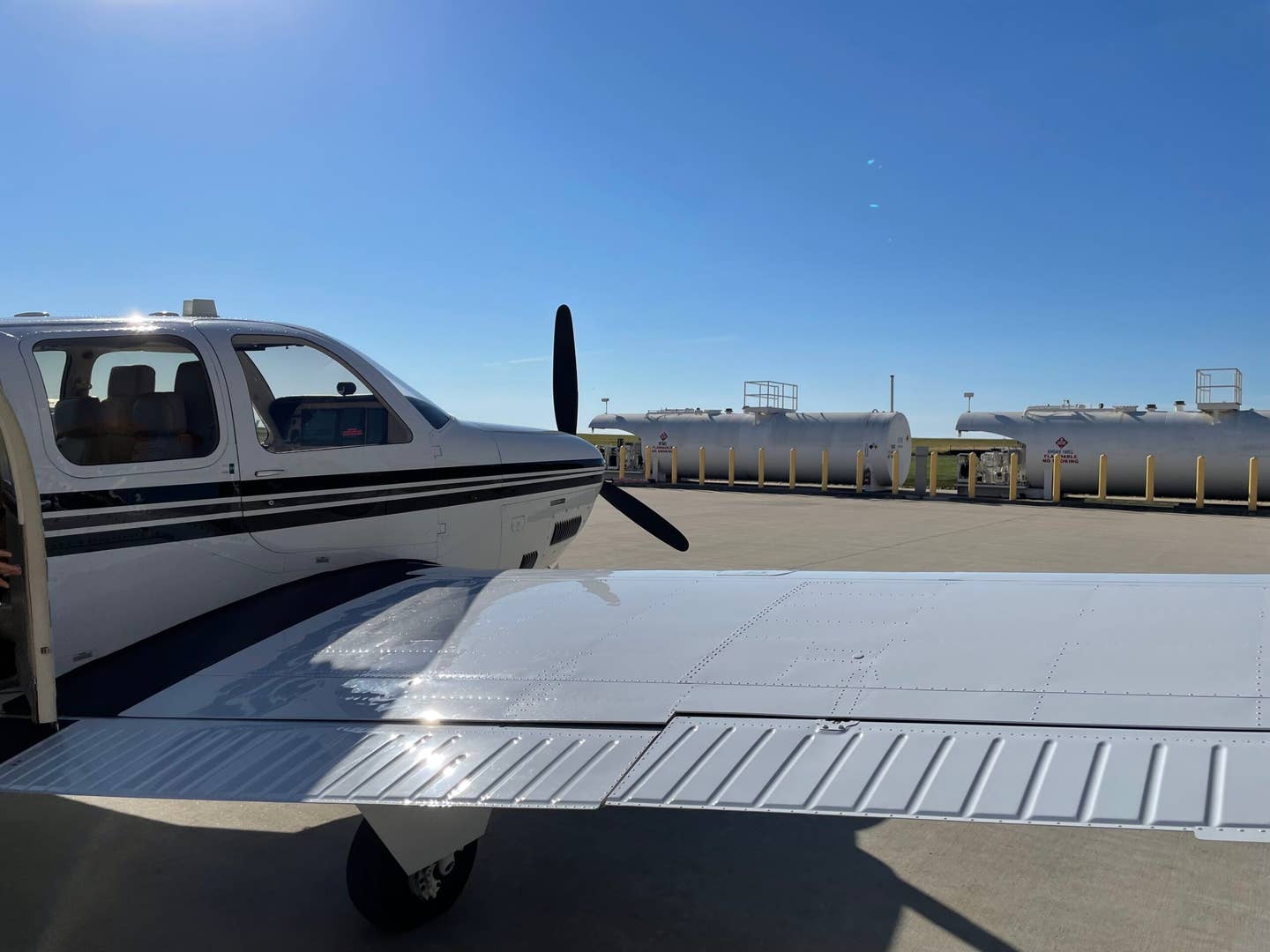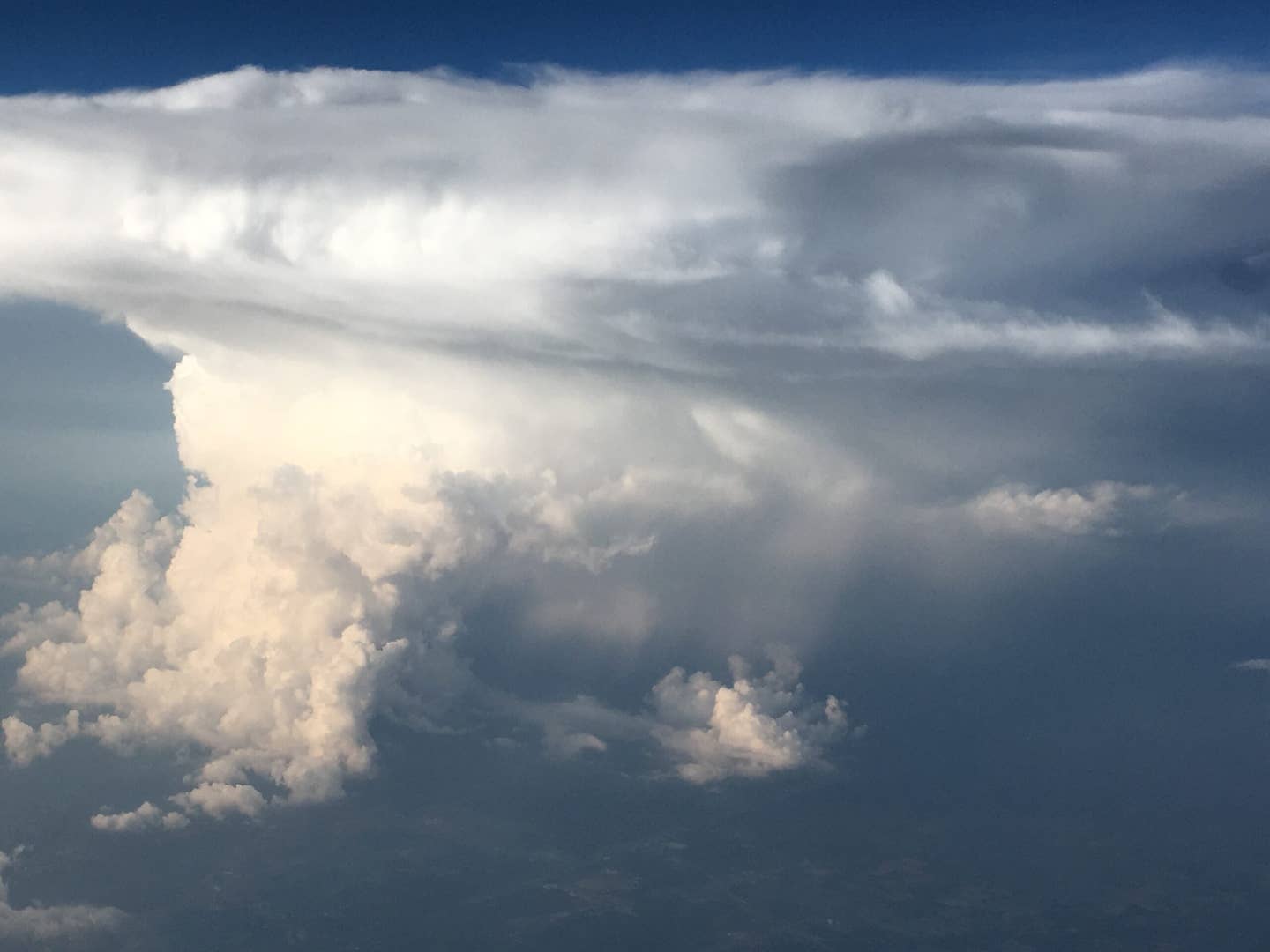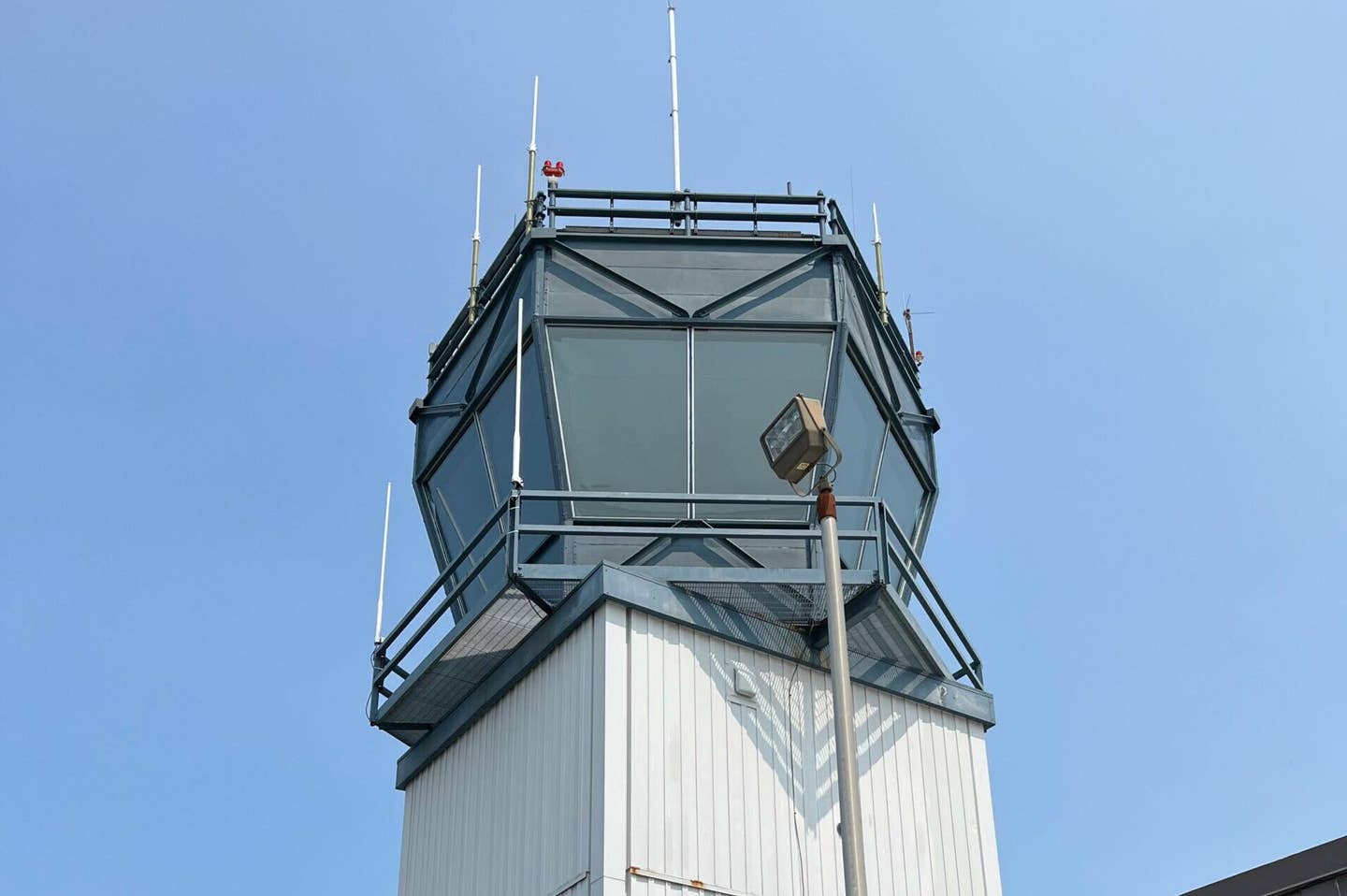Do Flaps Make Lift?
A common thought is that deploying wing flaps will improve climb rate. But is it true?

[Photo: Julie Boatman]
Does it help an airplane climb if you deflect the flap a little bit?
In a word, no.
Intuitively, people tend to think that climbing involves “more lift,” and so a flap, which seems to increase lift, might improve climb rate. Actually, flight lift of one G is always roughly equal to weight; it’s excess power that makes an airplane climb, not excess lift.
Because flap deflection usually opens a gap in the wing and creates a discontinuous trailing edge, it slightly increases drag, and drag tends to reduce the climb rate. The main effect of a small amount of flap deflection is to slightly lower the stalling speed. This has no bearing on climbing because the speed for best rate of climb is quite far from the stalling speed.
On the other hand, the speed for the best angle of climb is quite close to the stalling speed, and so a little bit of flap deflection gives a little bit of extra margin of safety. The same applies to a minimum-radius turn. The gain in performance, however, will be imperceptible.
The sealed trailing edges of some sailplane wings can be adjusted along the entire span, in order to precisely and smoothly match airfoil camber to speed for minimum drag—but powered airplanes lack that refinement.
Do you have a question about aviation that's been bugging you? Ask us anything you've ever wanted to know about aviation. Our experts in general aviation, training, aircraft, avionics, and more may attempt to answer your question in a future article.

Subscribe to Our Newsletter
Get the latest FLYING stories delivered directly to your inbox






